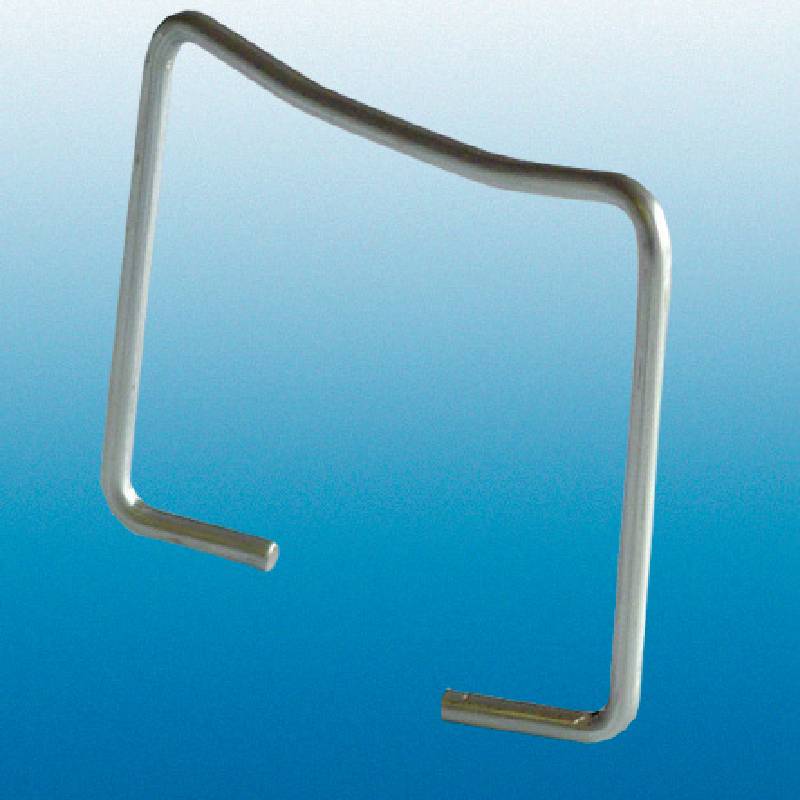
- Mobile Phone
- +8613931874955
- sales@cntcmetal.com
Understanding the Expenses Associated with Wall Ties in Construction Projects and Their Impact on Budgeting
The Cost of Wall Ties An Essential Element in Construction
In the realm of construction, ensuring the structural integrity of buildings is paramount. One critical component that plays a significant role in this regard is wall ties. Often overlooked, the cost of wall ties can significantly impact the overall budget of construction projects. Understanding the various factors that influence their cost is essential for builders, architects, and property developers alike.
Wall ties are metal connectors that link the outer leaf of a cavity wall to the inner leaf, providing stability and strength. They are crucial in preventing the outer wall from collapsing or bowing under various pressures, including wind load and the weight of the structure itself. Given their importance, it is vital to consider their cost not only from the perspective of materials but also from a broader construction budget context.
Factors Influencing Cost
1. Material Selection Wall ties are available in various materials, including stainless steel, galvanized steel, and plastic. The choice of material significantly affects the cost. Stainless steel ties, for instance, are more expensive but offer superior durability and resistance to corrosion, making them ideal for coastal areas or regions with high humidity. Conversely, galvanized steel ties provide a more budget-friendly option while still offering decent performance.
2. Type of Tie There are different types of wall ties, such as horizontal ties, vertical ties, and restraint ties, each suited for specific applications. The complexity and design of the tie will affect its cost. Custom-designed ties may incur higher production costs but can offer significant advantages in specialized construction scenarios.
3. Quantity and Scale of the Project The scale of the construction project directly impacts the overall costs of materials, including wall ties. Bulk purchasing can lead to significant discounts, which can help mitigate costs. Therefore, larger projects may benefit from economies of scale that smaller projects cannot capitalize on.
cost of wall ties

4. Labor Costs Installing wall ties requires skilled labor, and labor costs can vary significantly based on geographic location and the complexity of the installation. In regions with a shortage of skilled construction workers, labor costs may skyrocket, further amplifying the total cost of wall ties.
5. Building Regulations and Standards Compliance with local building codes can also affect costs. Different jurisdictions may have specific requirements regarding the type and spacing of wall ties. Ensuring compliance might necessitate additional investments in higher-quality materials or specialized ties, thereby increasing expenses.
Long-term Value
While the initial cost of wall ties is an essential consideration, their long-term value should not be overlooked. Investing in higher-quality materials or more advanced tie designs can lead to lower maintenance costs and fewer repairs in the future. Buildings equipped with proper wall ties are less susceptible to moisture penetration and structural failures, ultimately leading to longer lifespans and better overall value.
Conclusion
In summary, the cost of wall ties is a multifaceted issue that involves several variables, including material choice, type, project scale, labor costs, and compliance with regulations. While it may be tempting to opt for the most affordable solutions, builders and developers must weigh the long-term implications of their choices. Properly installed and selected wall ties can enhance the durability and safety of structures, making them a worthy investment in any construction project. Understanding and anticipating the costs involved will allow stakeholders to make informed decisions that balance budget constraints with the structural needs of the building, ultimately leading to successful construction outcomes.
share:
-
Yard Sign Stakes: Reliable Guardians of Outdoor SignsNewsAug.04,2025
-
Wall Ties: Invisible Guardians of Building StabilityNewsAug.04,2025
-
Resilient Web: The Super Guardian Power of Concrete MeshNewsAug.04,2025
-
Masonry Accessories: A versatile assistant on building foundationsNewsAug.04,2025
-
Iron Binding Wire: the 'invisible reinforcement specialist' in the fields of architecture and industryNewsAug.04,2025
-
Dynamic Spring: The diverse functions and excellent performance of Wire Tension SpringNewsAug.04,2025
-
Your Source for Concrete Wall Ties and Masonry AccessoriesNewsJul.10,2025



















